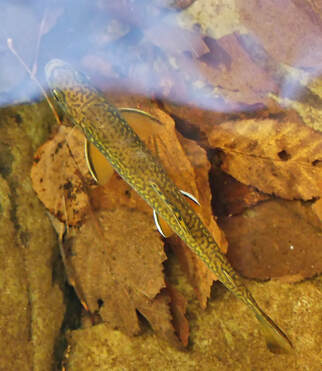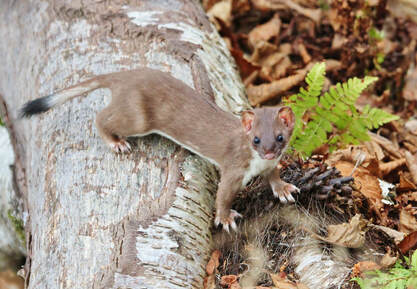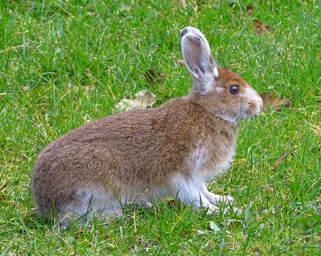
October brings many changes. The nights are cool and the afternoon sun doesn’t warm us up quite the same way it does in September. The days continue to shorten, and the leaves turn to brilliant red, orange and yellow. This change in colour is the result of a chemical process triggered by changes in the temperature and changes in the length of daylight. The leaves stop their food-making process, and as chlorophyll breaks down, the greens fade and give way to a fiery display of fall colours. By looking closely in nature, it is fascinating to realize that many animals follow suit and change colour in the fall, too.

A male mallard duck in breeding plumage is perhaps one of the most recognizable species in our area. A distinct white collar separates the browns and greys of its body from its dazzling emerald head. Of course, this impressive colouring is only temporary, and as the spring turns to summer they moult the majority of the green feathers and take on a more neutral façade. But, there’s a twist. Even though ducks do not breed again in the fall, male mallards will be back in their classic breeding plumage by October. Just like the leaves in the trees, this process is triggered by colder temperatures and shorter days. There are several other types of ducks that exhibit spectacular fall colours, too–such as the Wood Duck, the Blue Winged Teal, and the Northern Pintail.

Photos from Denis Doucet. The weasel and hare were photographed in November at Fundy National Park and are starting to turn white. The Brook trout was photographed from the bridge on the trail from Riverside-Albert to the Crooked Creek Look-off.
Kat has recently moved away from Albert County, but still has tons to say about the 2.5 years she spent living in Alma. She enjoys hiking, camping and fishing, and this love of nature is reflected in most of her writing.
 RSS Feed
RSS Feed